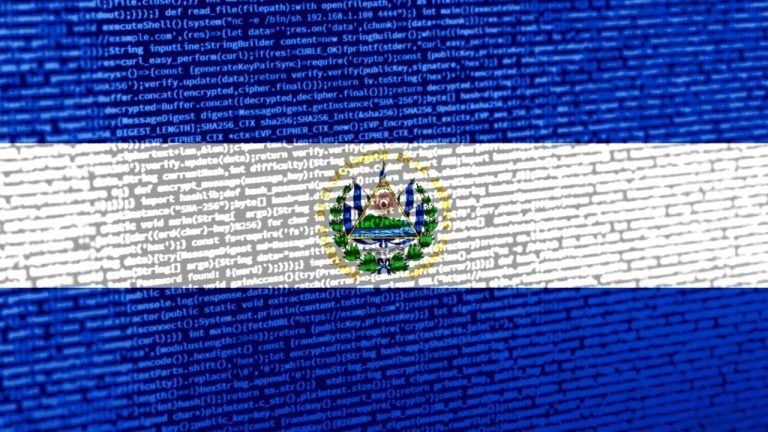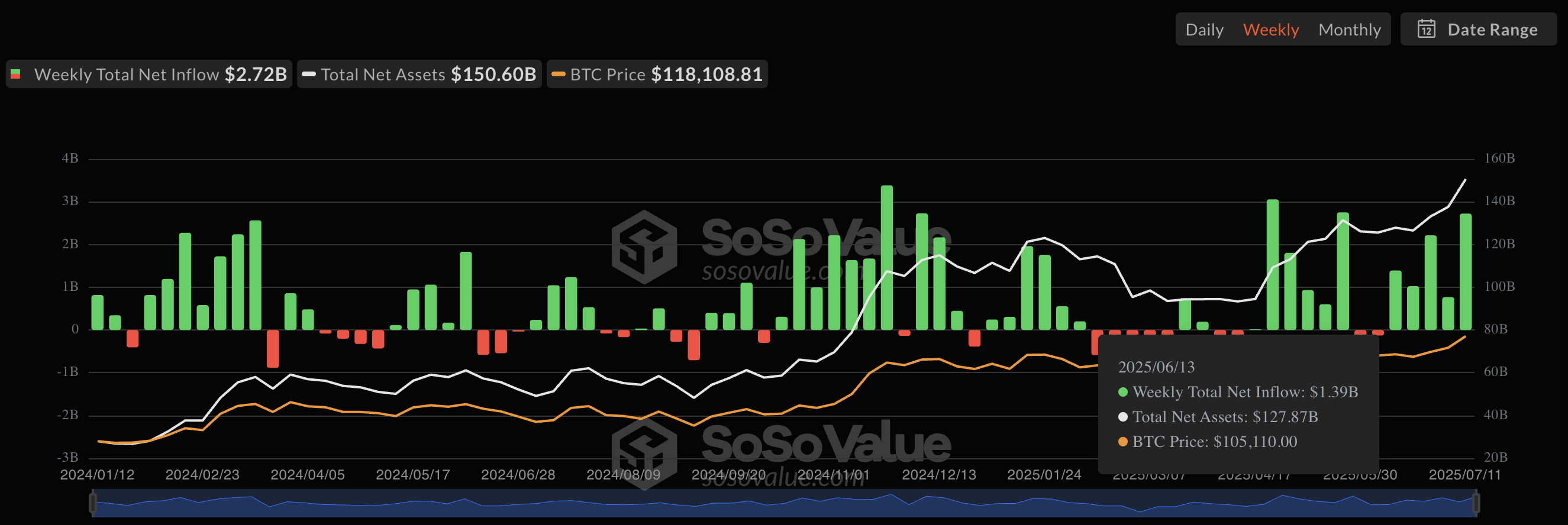
SSV.network launches a distributed validator technology network with more than 10 staking DApps to help decentralize Ethereum staking.
Criticisms aimed at the perceived centralization of Ether (ETH) staking pools may finally be quelled by an alternative staking infrastructure that aims to improve private key security and reduce validator downtimes and slashing penalties.
Speaking exclusively to Cointelegraph, SSV.network founder Alon Muroch outlined how the platform’s distributed validator technology (DVT), developed in partnership with the Ethereum Foundation, can help decentralize ETH staking pools and validators.
SSV.network launched its public mainnet with more than 10 staking decentralized applications deploying their platforms on the network on Sept. 14. DVT is intended to decentralize the current landscape of staking providers, which is currently dominated by a handful of ETH staking pools that command a significant share of ETH locked in the Eth2 staking contract.
Related: SSV launches $50M ecosystem fund to support ETH staking tech
According to Muroch, the technology is an approach to validator security that spreads out key management and signing responsibilities across multiple parties, reducing single points of failure and increasing validator resiliency.
The technology splits a private key used to secure a validator across a cluster of computers. This increases security and allows for some nodes of a validator cluster to go offline, which also reduces single points of failure from the network and makes validator sets more robust.
“By splitting keyshares between a diverse set of nodes in a cluster, validators become much more decentralized. Staking pools that use DVT can decentralize their own infrastructure or delegate it to SSV.network node operators.”
Data from blockchain analytics firm Nansen shows that Lido Finance accounts for 32% of ETH locked in the Beacon Chain deposit contract. ETH staking pools offered by Coinbase (8%) and Binance (4%) also command a significant share of staked ETH.

As SVV noted in an announcement marking the mainnet launch, centralized exchanges such as Coinbase, Binance and Kraken hold around 18% of the total staked ETH, while liquid-taking pools like Lido, RocketPool, Stader and Stakewise account for over 36% of the total market share.
Liquid staking pools became hugely popular in the build-up to Ethereum’s anticipated Shanghai upgrade in July 2023. The event introduced the ability for Ethereum users to withdraw staked ETH from the Beacon contract for the first time.
SSV intends to offer alternative liquid and centralized staking pools, which it describes as “fundamentally centralized and custodial”. Muroch added that SSV can significantly increase validator private key security and maximize rewards through high performance and a fault-tolerant setup that stops slashing penalties for offline validators.
SSV.network grabbed headlines in January 2023 when it launched a $50 million ecosystem fund to support other projects developing using DVT. The technology was previously highlighted as an important aspect of Ethereum’s scaling roadmap laid out by co-founder Vitalik Buterin in December 2021.
Magazine: Are DAOs overhyped and unworkable? Lessons from the front lines

You can get bonuses upto $100 FREE BONUS when you:
💰 Install these recommended apps:
💲 SocialGood - 100% Crypto Back on Everyday Shopping
💲 xPortal - The DeFi For The Next Billion
💲 CryptoTab Browser - Lightweight, fast, and ready to mine!
💰 Register on these recommended exchanges:
🟡 Binance🟡 Bitfinex🟡 Bitmart🟡 Bittrex🟡 Bitget
🟡 CoinEx🟡 Crypto.com🟡 Gate.io🟡 Huobi🟡 Kucoin.













Comments